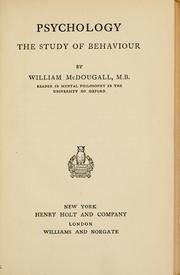
Photo from academic.microsoft.com
The opportunity an object presents for action is known as an affordance. A basic assumption in previous research was that images of objects, which do not afford physical action, elicit… Click to show full abstract
The opportunity an object presents for action is known as an affordance. A basic assumption in previous research was that images of objects, which do not afford physical action, elicit effects on attention and behavior comparable with those of real-world tangible objects. Using a flanker task, we compared interference effects between real graspable objects and matched 2-D or 3-D images of the items. Compared with both 2-D and 3-D images, real objects yielded slower response times overall and elicited greater flanker interference effects. When the real objects were positioned out of reach or behind a transparent barrier, the pattern of response times and interference effects was comparable with that for 2-D images. Graspable objects exert a more powerful influence on attention and manual responses than images because of the affordances they offer for manual interaction. These results raise questions about whether images are suitable proxies for real objects in psychological research.
Journal Title: Psychological Science
Year Published: 2018
Link to full text (if available)
Share on Social Media: Sign Up to like & get
recommendations!